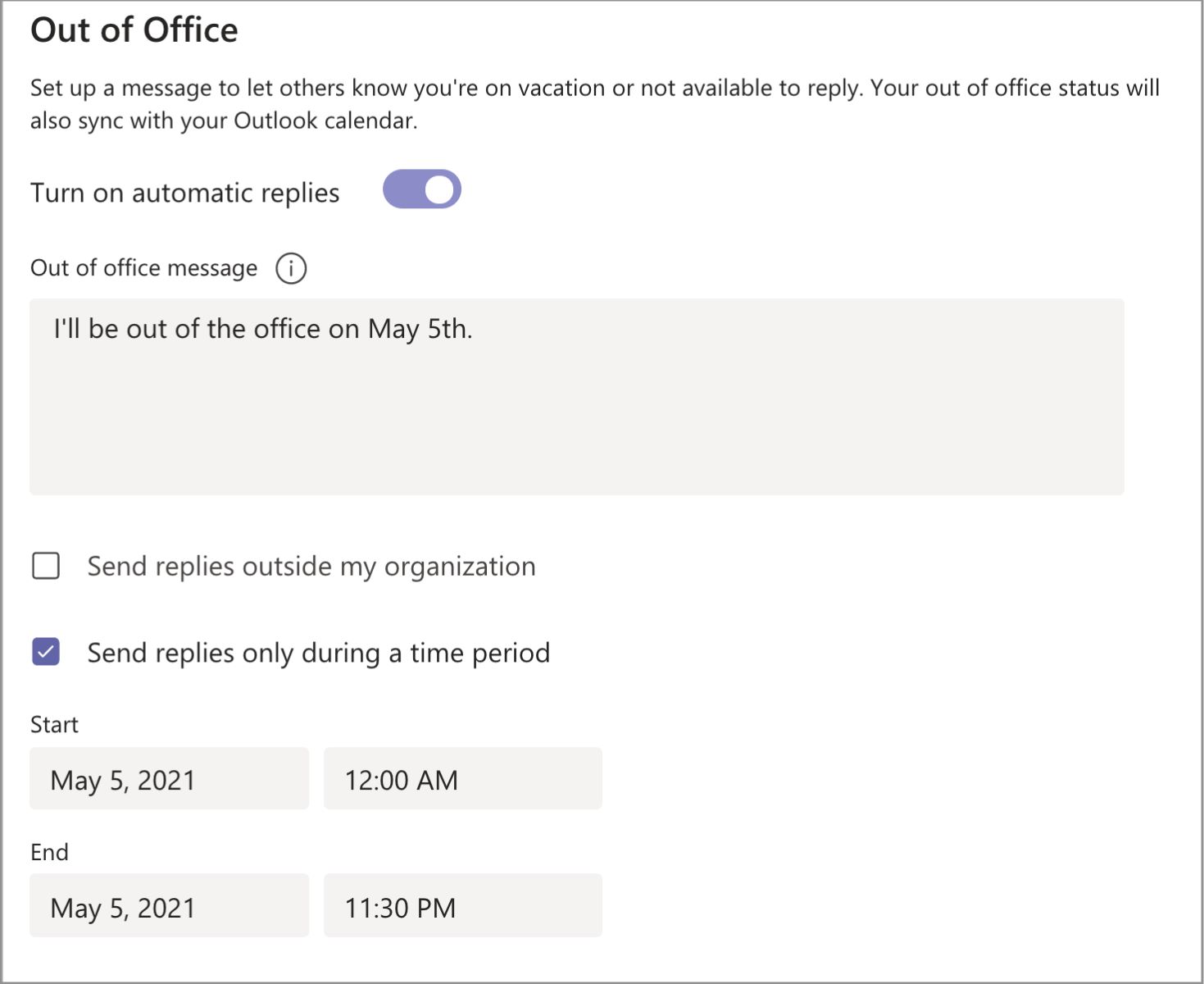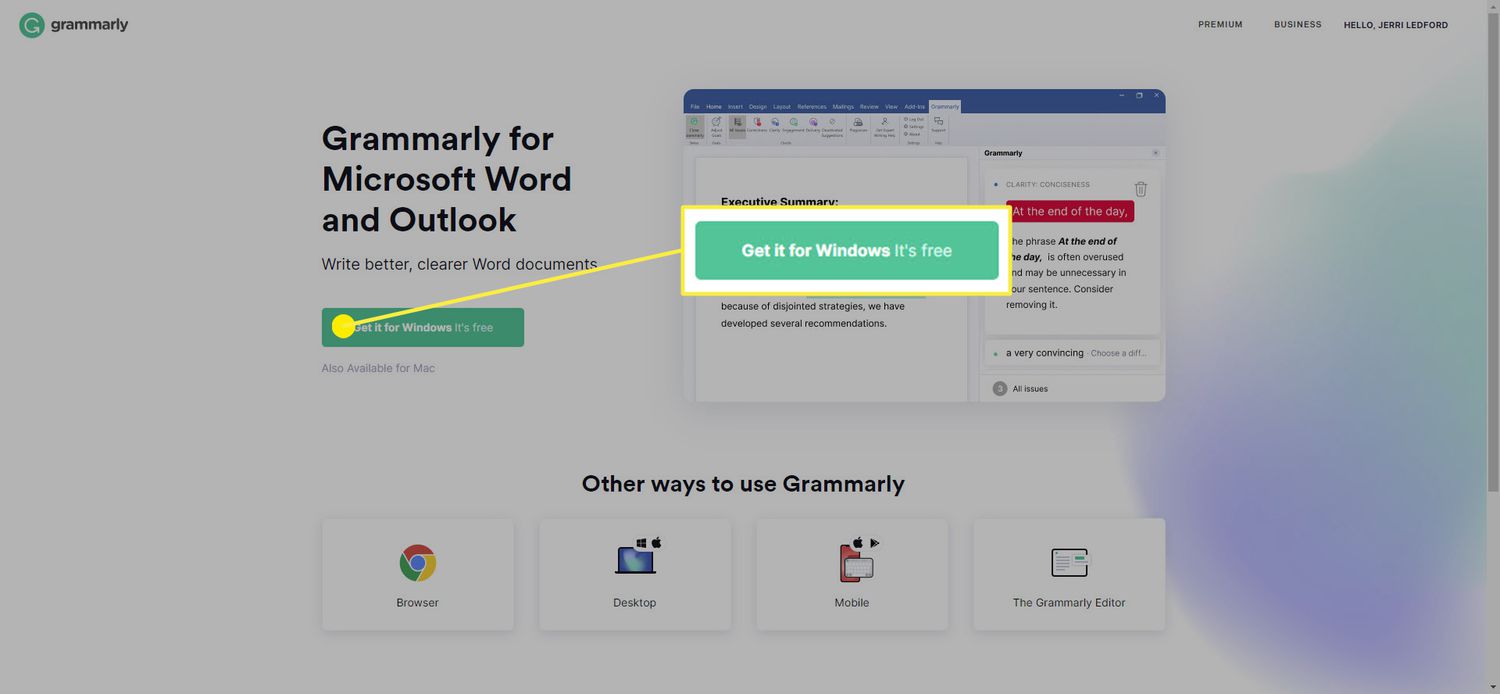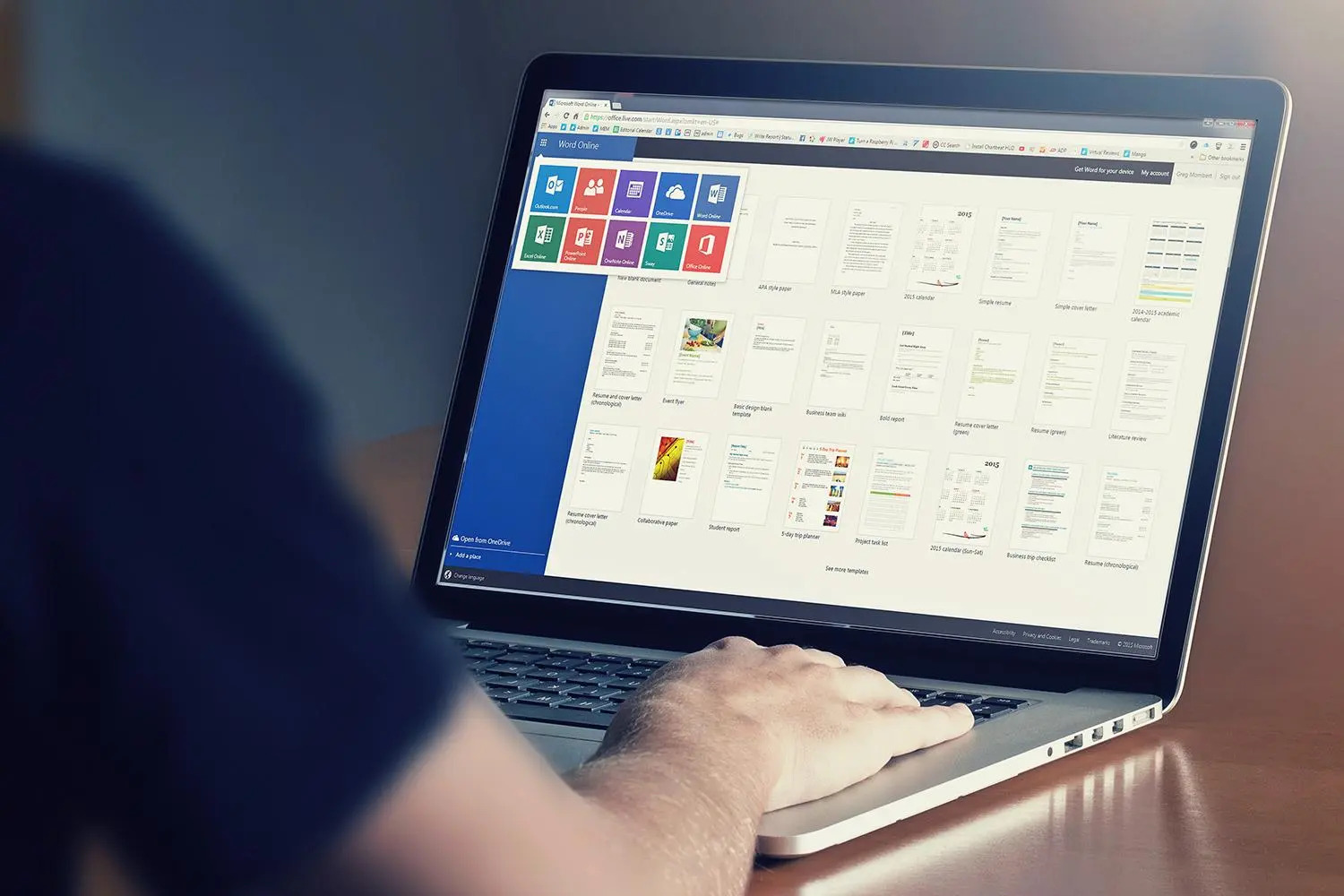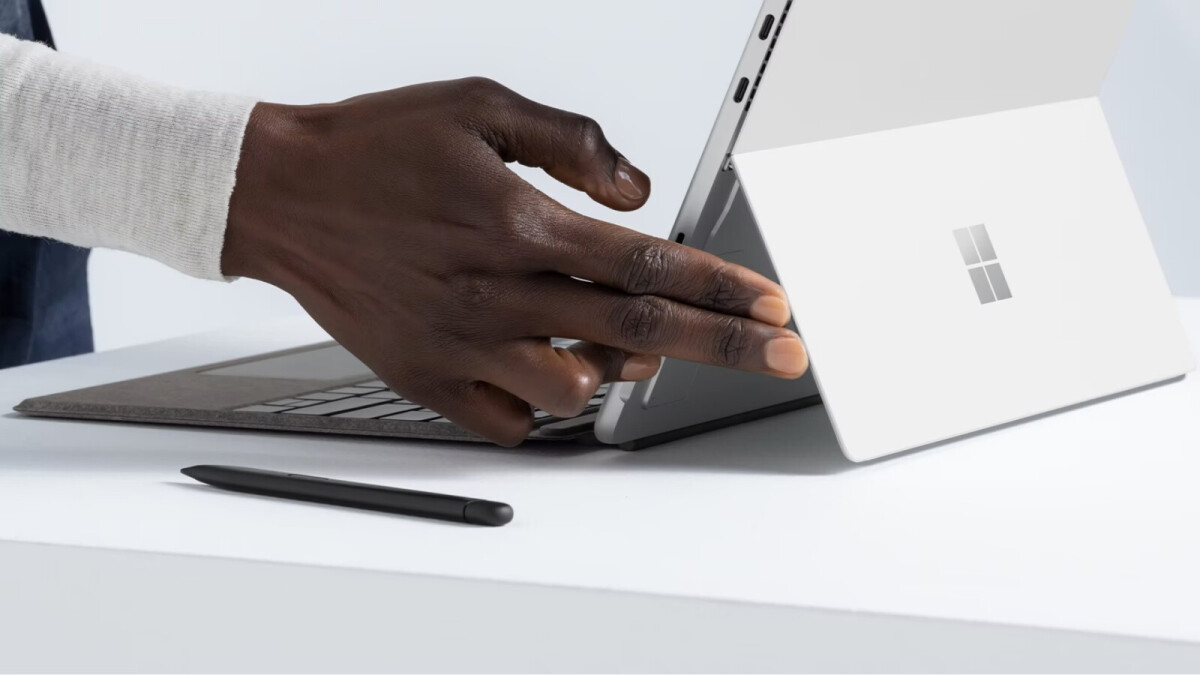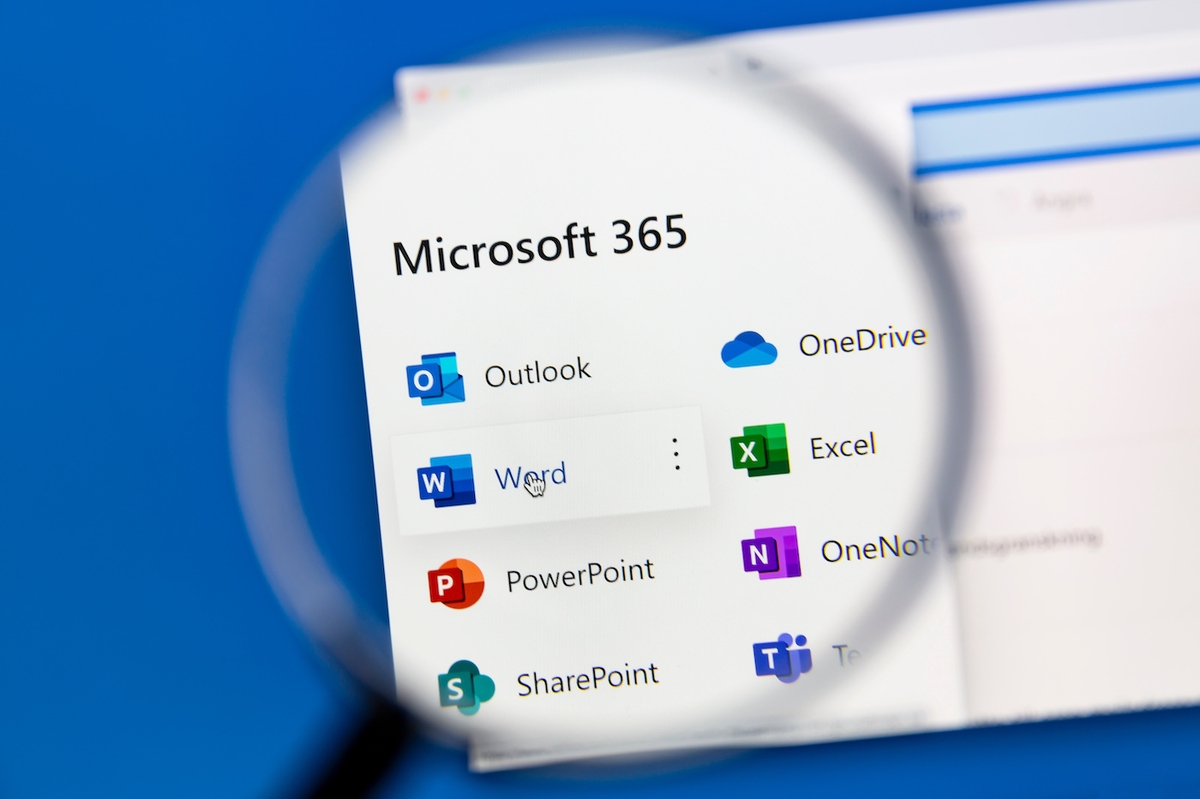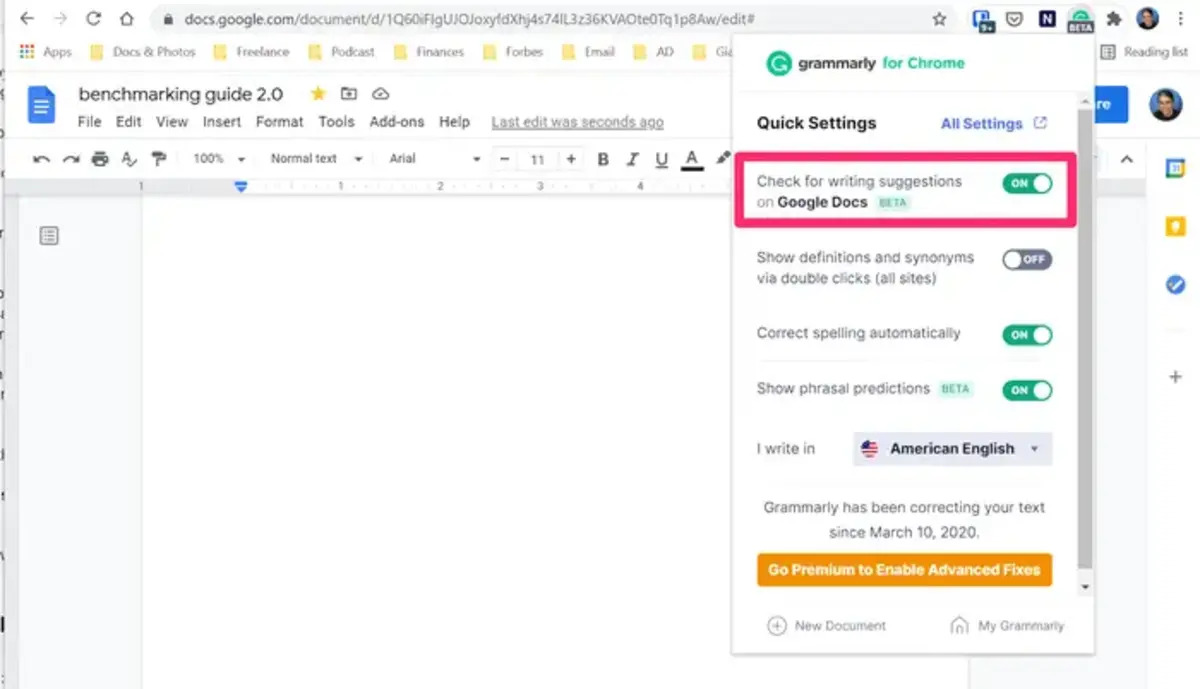Introduction
When you step away from the office for vacation, a business trip, or any other reason, it’s essential to let your colleagues, clients, and partners know that you’re unavailable. One of the most effective ways to communicate your absence is through an out of office email. This simple yet powerful communication tool ensures that everyone who reaches out to you is aware of your unavailability and understands when they can expect a response.
Writing an out of office email might seem like a straightforward task, but it’s crucial to get it right. A well-crafted out of office email sets clear expectations, provides alternative contacts, and maintains a professional tone, leaving a positive impression on those who receive it.
In this article, we will guide you through the best practices of writing an out of office email. We will also provide you with useful examples and templates to help you craft your own email that is informative, concise, and professional.
Reasons for using an out of office email
There are several important reasons why using an out of office email is necessary when you’re away from work:
- Informing others of your absence: An out of office email is a polite and professional way to let colleagues, clients, and other contacts know that you won’t be available during a specific period. This ensures that they are aware of your unavailability and can adjust their expectations accordingly.
- Setting expectations and managing deadlines: By including your return date in the out of office email, you set clear expectations regarding when the recipient can expect a response. This helps manage deadlines and ensures that urgent matters are addressed by alternative contacts while you’re away.
- Maintaining professional communication: An out of office email portrays professionalism and courtesy. It shows that you value communication and are proactive in managing expectations, even when you’re not available. This helps build trust and credibility with your contacts.
- Preventing miscommunication and misunderstandings: Without an out of office email, people may continue to send you emails, expecting a prompt response. This can lead to miscommunication and frustration. By using an out of office email, you minimize the risk of misunderstandings and ensure that messages are redirected to the appropriate contact.
- Providing alternative contacts: Out of office emails often include details of alternative contacts who can assist the sender in your absence. This ensures that urgent matters can still be addressed promptly, preventing any disruption to workflow or client relationships.
Overall, utilizing an out of office email is essential for maintaining effective communication, managing expectations, and preventing disruptions while you’re away. It shows professionalism, consideration, and a commitment to excellent customer service.
Best practices for writing an out of office email
When writing an out of office email, follow these best practices to ensure that your message is clear, concise, and professional:
- Include important details: Start your email by stating the exact dates of your absence. Be specific about when you will be out of the office and when you will return. This helps manage expectations and provides a clear timeline for when the recipient can expect a response.
- Set clear expectations: Specify whether you will have limited access to email during your absence or if all communication will be on hold until your return. This avoids any confusion and prevents people from anticipating a prompt response when it may not be possible.
- Provide alternative contacts: If there are colleagues or team members who can assist in your absence, include their names and contact information in the out of office email. This ensures that urgent matters can be redirected to the appropriate person, minimizing any disruption.
- Keep it concise and professional: Keep your message brief and to the point. Avoid unnecessary details or lengthy explanations. Use a professional and friendly tone, ensuring that your email is courteous and respectful.
- Offer a thank you or farewell message: Express gratitude to the sender for their email or take the opportunity to wish them well. A simple “thank you” or “have a great day” adds a personal touch and leaves a positive impression.
Remember, an out of office email is a representation of your professionalism and the culture of your organization. By following these best practices, you create a positive experience for the sender and maintain effective communication even when you’re not available.
Include important details
When writing an out of office email, it is crucial to include all the necessary details to provide clarity and ensure that recipients have the information they need. Here are some important details to include:
- Dates of your absence: Clearly state the start and end dates of your absence. This helps set expectations and lets people know how long you will be unavailable.
- Reason for your absence: While not always necessary, providing a brief explanation for your absence can help others understand the context and urgency of their request. However, avoid oversharing personal details and keep the focus on the dates of your unavailability.
- Alternative contact information: If someone needs immediate assistance during your absence, include the contact details of a colleague or a designated person who can provide the necessary support. This ensures that urgent matters are handled efficiently and prevents any disruptions.
- Expected response time: If you will have limited access to emails or if there will be delays in responding, it is essential to communicate this. Setting clear expectations on when the recipient can expect a response helps manage their time and prevents unnecessary follow-ups.
- Out of office message: Consider setting up an automated out of office message to be sent whenever someone emails you during your absence. This can be a helpful way to inform people upfront about your unavailability, even before they send their message.
Remember to keep the information concise and organized. Use a professional tone and ensure that the important details are easy to locate within your email. By including these essential details, you provide recipients with the necessary information to take appropriate action and ensure a seamless workflow in your absence.
Set clear expectations
One of the key objectives of an out of office email is to set clear expectations for the recipient. By clearly communicating how and when you will be unavailable, you can help manage their expectations and prevent any misunderstandings. Here are some tips for setting clear expectations in your out of office email:
- Specify your unavailability: Clearly state that you will be out of the office and unavailable during specific dates. Be explicit about whether you will have limited access to email or if all communication will be on hold until your return.
- Communicate your response time: If you anticipate delays in responding to emails, it is important to communicate this. Let recipients know when they can expect a response from you. This gives them a realistic timeline and prevents them from waiting anxiously for your reply.
- Indicate alternative support: If there are colleagues or team members who can assist in your absence, it is crucial to provide their contact information. Clearly state who the recipient should reach out to if they have urgent matters that need immediate attention. This helps ensure that their needs are addressed promptly, even when you’re not available.
- Highlight any specific instructions: If there are any specific instructions or procedures that the recipient should follow in your absence, make sure to clearly outline them. This could include details such as how to redirect certain requests or whom to contact for specific types of inquiries.
- Manage expectations for non-urgent matters: For non-urgent matters, let the recipient know that their email will be attended to upon your return. Clearly communicate that their request is important, but it may take some time to address due to your absence.
Setting clear expectations in your out of office email helps manage the sender’s expectations and prevents frustration or unnecessary follow-ups. It also demonstrates your commitment to providing quality service and ensures a smoother workflow in your absence.
Provide alternative contacts
When you’re away from the office, it is essential to provide alternative contacts who can handle urgent matters in your absence. This ensures that important issues are addressed promptly and prevents any disruptions to workflow. Here are some key considerations when providing alternative contacts in your out of office email:
- Identify reliable colleagues: Choose colleagues or team members who are knowledgeable and capable of handling urgent matters in your absence. Ensure that they are familiar with your work and can provide the necessary support to those reaching out to you.
- Include contact information: Clearly state the alternative contacts’ names, job titles, and contact information in your out of office email. This should include phone numbers and email addresses. Provide multiple options if available to maximize accessibility.
- Communicate availability: Inform the recipient of the alternative contacts’ availability. Let them know if the contacts will be reachable during your absence, or if they have specific working hours or days. This helps recipients know when they can expect a response from the alternative contact.
- Outline roles and responsibilities: Specify the areas or types of inquiries that each alternative contact can assist with. This ensures that the sender reaches out to the most suitable contact for their specific needs. Be clear about their expertise and any limitations they may have.
- Offer a backup contact: In case the primary alternative contact is unavailable, consider providing a backup contact as well. This ensures that even if the first contact is unavailable or overwhelmed, the sender has another option to reach out to for assistance.
By providing alternative contacts, you demonstrate your commitment to excellent customer service and ensure that recipients can get the support they need, even if you’re not available. It also promotes teamwork and shows that your organization has a system in place to handle requests when a team member is away.
Keep it concise and professional
When composing your out of office email, it is important to keep the message concise, while maintaining a professional tone. Here are some tips to ensure your email is effective and well-received:
- Be clear and to the point: Keep the email brief and focused on the essential information. Use clear and straightforward language to convey your message. Avoid unnecessary details or lengthy explanations that can confuse or overwhelm the recipient.
- Use a professional tone: Maintain a professional and courteous tone throughout the email. Remember that this email reflects your professionalism and the image of your organization. Avoid slang, jargon, or informal language. Keep the language polite and respectful.
- Avoid repetitive phrases: While it is important to provide relevant information, avoid repeating the same details in different ways. This can make the email unnecessarily long and may confuse the recipient. Stick to the essential information and use clear, concise sentences.
- Proofread for errors: Before sending your out of office email, carefully proofread it for any grammatical or spelling errors. Typos or mistakes can detract from the professionalism of your message. Take the time to review and revise your email to ensure it is error-free.
- Consider the recipient’s point of view: Put yourself in the shoes of the person receiving the email. What information do they need? How can you make it easy for them to understand? By considering the recipient’s perspective, you can tailor your email to effectively meet their needs.
Remember, the goal of your out of office email is to inform, set expectations, and provide the necessary information to the recipient. Keeping the email concise and professional helps ensure that your message is well-received and understood. Additionally, a concise and professional email reflects positively on your organizational skills and attention to detail.
Offer a thank you or a farewell message
Ending your out of office email with a thank you or a farewell message adds a personal touch and leaves a positive impression on the recipient. It shows your appreciation, professionalism, and reinforces good relationships. Here are some suggestions for crafting a thoughtful closing:
- Express gratitude: Start by thanking the sender for their email or for their understanding during your absence. Show appreciation for their patience and cooperation.
- Extend well wishes: Depending on the nature of the email and your relationship with the sender, you can include a polite farewell message. This could be a simple “have a great day,” “enjoy your week,” or “best wishes.”
- Reassure future communication: Let the recipient know that you will respond to their email as soon as you return. This helps alleviate any concerns they may have about delayed responses or unresolved matters.
- Mention any important updates: If there are any upcoming events, changes, or important updates that the recipient needs to be aware of, you can briefly mention them in your closing. This ensures that they stay informed even in your absence.
- Keep it professional: While adding a personal touch is important, ensure that your closing remains professional and appropriate for the context of your relationship with the sender. Avoid overly emotional or informal language.
A well-crafted ending shows your professionalism, gratitude, and consideration for the recipient. It also leaves a lasting positive impression and helps maintain strong professional relationships. Take a moment to thoughtfully consider your closing message and tailor it to the specific situation and the recipient’s needs.
Examples of out of office email templates
Here are a few examples of out of office email templates that you can use as a starting point for crafting your own:
Example 1: Basic Out of Office Template
Subject: Out of Office: [Your Name]
Hi there,
Thank you for your email. I am currently out of the office and will not be able to respond until [date of return]. During my absence, I will have limited access to email, and there may be a delay in my response. If you need immediate assistance, please contact [alternative contact name] at [alternative contact email/phone number].
Thank you for your understanding, and I will get back to you as soon as I can upon my return. Have a great day!
Best regards,
[Your Name]
Example 2: Extended Out of Office Template
Subject: Out of Office: [Your Name]
Dear [Recipient’s Name],
Thank you for reaching out. I am currently out of the office and will not be available until [date of return]. During my absence, I will not have access to email and will be unable to respond.
If you need immediate assistance, please contact [alternative contact name] at [alternative contact email/phone number]. They will be able to provide you with the necessary support.
If your inquiry can wait until my return, I will respond as soon as I am back in the office. Please expect a delay in my response due to the backlog of emails upon my return.
Thank you for your patience and understanding. I look forward to reconnecting with you when I am back. Have a wonderful day!
Best regards,
[Your Name]
Example 3: Personalized Out of Office Template
Subject: Out of Office: [Your Name]
Hi [Recipient’s Name],
I hope you’re doing well. I wanted to let you know that I am currently out of the office and will not be able to respond to your email until [date of return].
In the meantime, if you need immediate assistance, please feel free to reach out to [alternative contact name] at [alternative contact email/phone number]. They are fully equipped to handle any queries or urgent matters during my absence.
I appreciate your patience and understanding. I promise to get back to you as soon as I’m back in the office and catch up on our conversation. Enjoy your day!
Warm regards,
[Your Name]
Feel free to customize these templates based on your specific circumstances and relationship with the recipient. Remember to keep the tone professional and friendly, and don’t forget to include the necessary details such as your return date and alternative contact information.
Conclusion
Writing an out of office email may seem like a simple task, but it plays a crucial role in maintaining effective communication and managing expectations while you’re away from work. By following the best practices outlined in this article, you can create an out of office email that is informative, concise, and professional.
Remember to include important details such as the dates of your absence, clear expectations of your availability, and alternative contacts for urgent matters. Keep the email concise and professional, using a polite and friendly tone. Offer a thank you or farewell message to leave a positive impression on the recipient. Additionally, we provided some examples of out of office email templates to help you get started.
By effectively communicating your unavailability and providing necessary information, you can ensure a smooth workflow and maintain strong professional relationships even while you’re away. So the next time you step away from work, make sure to craft an out of office email that reflects your professionalism, sets clear expectations, and offers the necessary support to those reaching out to you.







